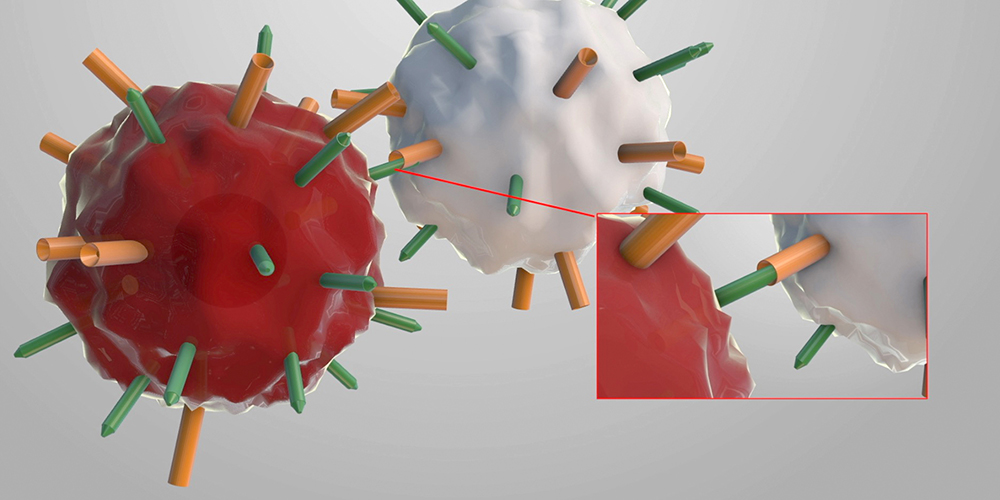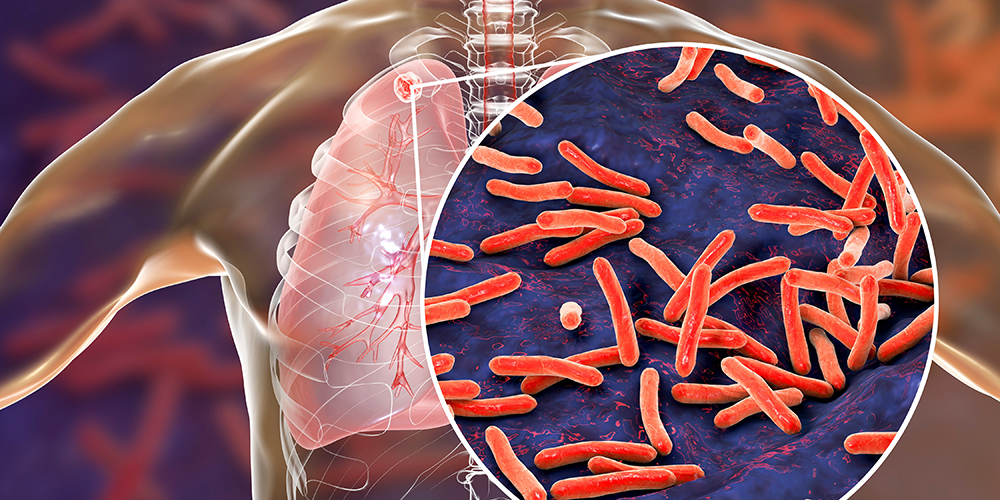Control of cell population sizes: When is enough enough?
Researchers at the University of Basel have uncovered a cell-intrinsic mechanism that controls the appropriate number of T cells in the organism and thus ensures that the immune system functions properly. This mechanism has also been found in slime molds, suggesting that this regulation of cell density is evolutionarily conserved.
09 November 2022 | Heike Sacher
Our immune system, which is responsible for controlling attacks from viruses, bacteria, parasites, but also preventing the occurrence of cancer cells, consists of multiple cell types. There are billions of these immune cells in our body, including T lymphocytes, or T cells for short. T cells are produced in the bone marrow, selected in the thymus and are essential for a proper functioning of our immune system. While enough T cells need to be present at any time, the body must also ensure that they do not exceed a certain density. But how does the immune system recognize whether the correct number of T cells are present within the circulation?
Coronin proteins control T cell population size
The research team led by Prof. Dr. Jean Pieters at the Biozentrum of the University of Basel has now been able to uncover the cell's own mechanism that regulates the population size of T cells. Their previous work, as well as that of other groups, already showed that a protein called coronin 1 plays an important role in the survival of T cells in the body.
In the new work, the researchers report that when the numbers of T cells rise, the expression of the protein coronin 1, that is already among the most abundant proteins in T cells, is further increased. This promotes the survival of the T cells and thus ensures a sufficient size of their population.
But how does the system decide when enough is enough? The researchers discovered that coronin 1 production stops when the upper threshold of T-cell density is reached. As a result, the survival signals for the cells that are otherwise triggered by coronin 1 are missing.
"The cells begin to die and the density of the T-cell population is reduced again," explains Tohnyui Ndinyanka Fabrice, first author of the study. "It took quite a while to visualize this process. But once obtained, our observation was like watching a disaster movie: If the cells were too crowded, a massive death within cell clusters was initiated.”
An evolutionarily conserved mechanism
Interestingly, the research results also showed that the regulation of the cell population by coronin is also found in amoebas (slime molds), that go through both single and multicellular stages. This finding opens up exciting avenues for future research. “Members of the coronin protein family are highly conserved and widely expressed in the eukaryotic kingdom”, says Prof. Jean Pieters. "Future work could possibly shed light on whether coronin-dependent regulation of the corresponding populations of T cells and slime molds also works in other systems."
Video: T cells require the protein coronin 1 to reach and maintain their cell population size. The movie illustrates T cells dividing until their appropriate density has been reached, after which coronin 1 production reaches a plateau. As a result cell death (cells turning red) is initiated and T cells begin to die until the appropriate density has been reached again. (Source: Group Jean Pieters, Biozentrum; Animations: New Medium Center, University of Basel)
Original publication
Tohnyui Ndinyanka Fabrice et al.
An evolutionarily conserved coronin-dependent pathway defines cell population size.
Science Signaling (2022), doi: 10.1126/scisignal.abo5363



